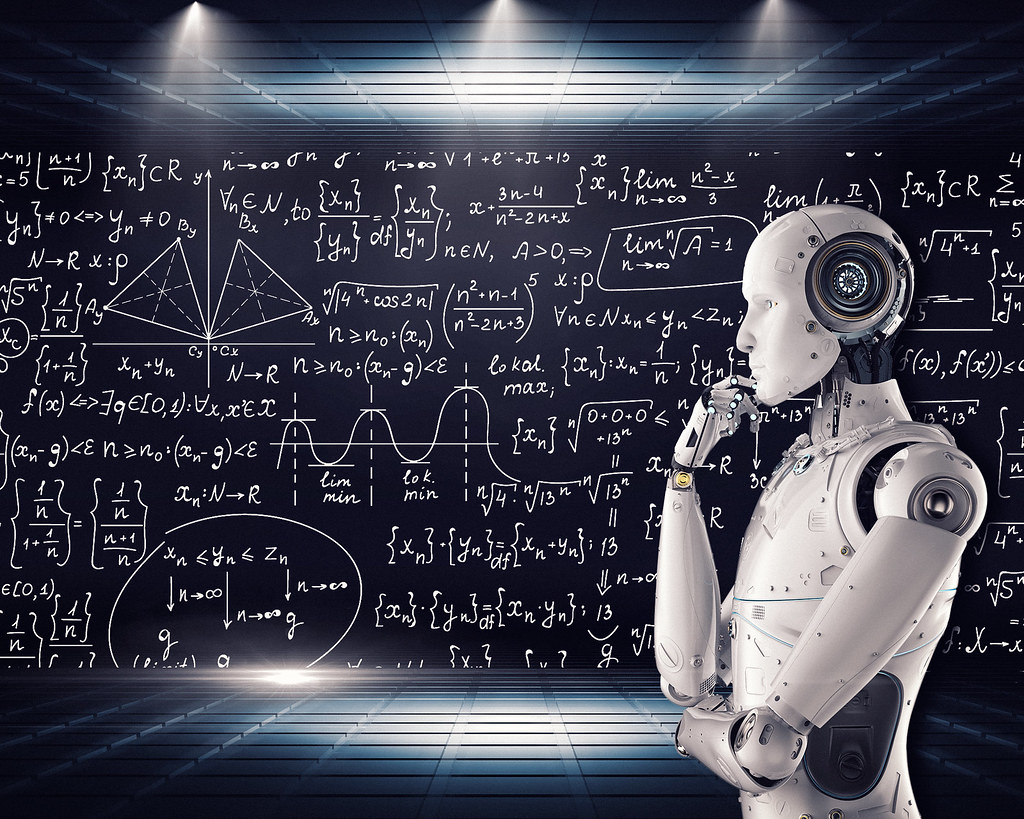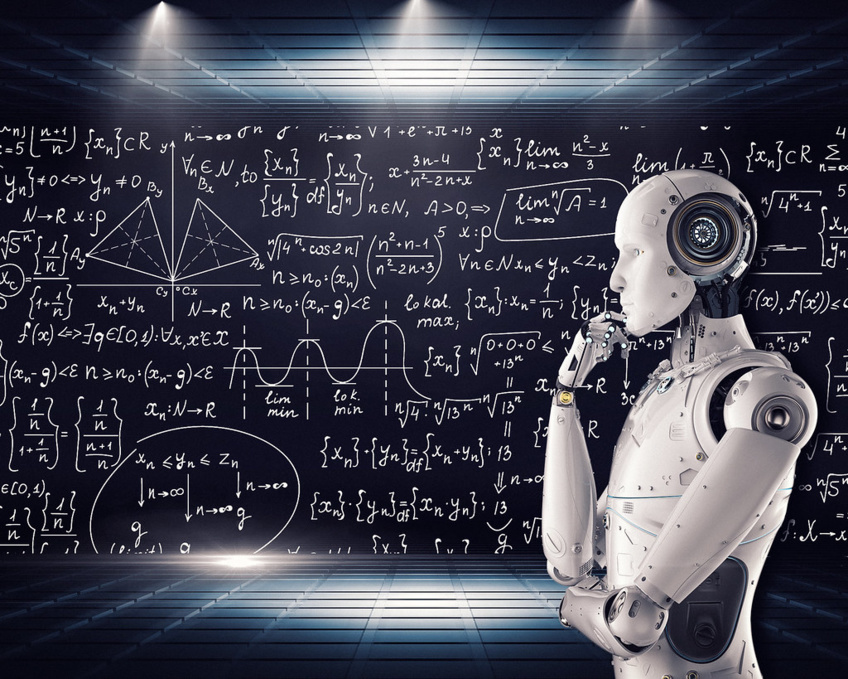Artificial intelligence (AI) holds the promise of enhancing efficiency, fostering innovation, and enriching human life. Despite the apprehension it may generate about the future, our goal is to develop AI technologies that effect positive societal transformation. Here are some domains where we believe AI can make a significant difference:
- Promoting Scientific Progress AI-facilitated simulations and models can address intricate challenges in areas such as climate studies, pharmaceutical research, and engineering. These virtual experiments allow scientists to investigate a range of possibilities and fine-tune solutions without the need for expensive and time-consuming physical trials.
Take, for instance, the geospatial AI base model for Earth observation, a collaborative effort by NASA and IBM Research. Utilizing NASA’s Harmonized Landsat and Sentinel-2 (HLS) dataset, this innovative model can monitor land use changes, natural disasters, and forecast agricultural output.
AI has the capability to model the impact of climate change, the dynamics of financial markets, the 3D configuration of proteins, or the propagation of diseases. In environmental research, AI can scrutinize climate data and construct scenarios to tackle climate change and resource preservation issues. It can also discover novel chemical structures and compounds, propelling advancements in fields like materials science and pharmaceuticals.
A noteworthy application of AI is in the restoration of coral reefs. To mitigate carbon emissions, AI optimization algorithms can streamline energy use, decrease emissions, and bolster environmental surveillance. In the realm of agriculture, AI-driven precision farming methods can augment crop production, minimize pesticide application, and lessen environmental repercussions.
- Innovation and Inclusivity Generative AI has the capacity to amplify creativity by swiftly producing text, artwork, or music. AI doesn’t replace human creativity but serves as a beneficial instrument for ideation, prototyping, or inspiration. The rapid creation of literature, art, and music enriches both creators and audiences.
AI-enabled video editing tools can simplify content production for filmmakers and content creators. The capability of AI to generate images, videos, dialogues, characters, and settings can empower anyone to flourish as a filmmaker and broaden their self-expression. AI enhances human creativity, and since it’s built on the amalgamation of human inputs, the outcomes remain human-centric.
The synergy between humans and AI can yield more inventive outcomes.
For a long time, there has been an effort to develop low-code or no-code programming models. With AI, this becomes a feasible objective. A programmer can employ natural language, either through voice or text, to convey their goal to a code assistant powered by a large language model (LLM). The code assistant comprehends the programmer’s intention and assists in generating suitable code to accomplish the task.
Maintaining a code base can be tedious — AI can automate it. For instance, finding COBOL programmers today to maintain legacy code is challenging — AI can either assist in generating new COBOL code or modernize the application by helping to convert the old code into a contemporary language like Java.
- Automation and Efficiency AI can automate mundane and time-intensive tasks. This can significantly enhance productivity by automating repetitive tasks and eliminating work monotony. Moreover, delegating routine tasks to AI assistants allows people to concentrate on tasks of higher value. In sectors like manufacturing and logistics, AI-powered robotics and automation systems can streamline workflows, boost efficiency, and minimize errors.
For instance, farmers can already monitor multiple AI-enabled John Deere tractors performing various tasks such as plowing, seeding, weeding, and harvesting across different fields — all from their home office via a cellular connection.
AI can swiftly process vast amounts of data, extracting valuable insights and trends. This enables organizations to make data-driven decisions more efficiently. AI’s data analysis capabilities can also reveal hidden patterns and correlations that were previously undetected, assisting in solving complex problems. AI-driven analytics tools can identify patterns, trends, and anomalies that might be missed by humans, leading to more informed decision-making.
For example, major cities including Singapore, Los Angeles, and Barcelona are already utilizing AI video surveillance in traffic and transportation management to regulate traffic flow and enhance safety.
AI significantly augments Natural Language Processing (NLP). It has the capacity to process and scrutinize large quantities of textual data, assisting in sentiment analysis, content summarization, document categorization, and data extraction. These capabilities are beneficial for decision-making and discovering new insights by sifting through extensive and historical research archives.
Chatbots and virtual assistants, powered by NLP and generative AI, can manage customer queries, troubleshoot problems, and execute tasks such as automatically scheduling appointments or setting reminders. These AI-enhanced activities boost productivity in customer service and administrative roles.
AI harbors immense potential for societal benefit. Its ability to gather and process copious amounts of data, make forecasts, and automate tasks makes it an invaluable asset for enhancing productivity, fostering creativity, and addressing complex issues across numerous domains.
AI-driven predictive analytics can anticipate future events and trends, facilitating proactive problem-solving and decision-making. This is beneficial across various fields from finance, healthcare, and marketing to climate science and pharmaceutical research. These are just a handful of examples of how AI can enhance our lives and our world.


 Unlocking Potential: AI’s Role in Creativity, Productivity, and Problem-Solving
Unlocking Potential: AI’s Role in Creativity, Productivity, and Problem-Solving





 Companies
Companies